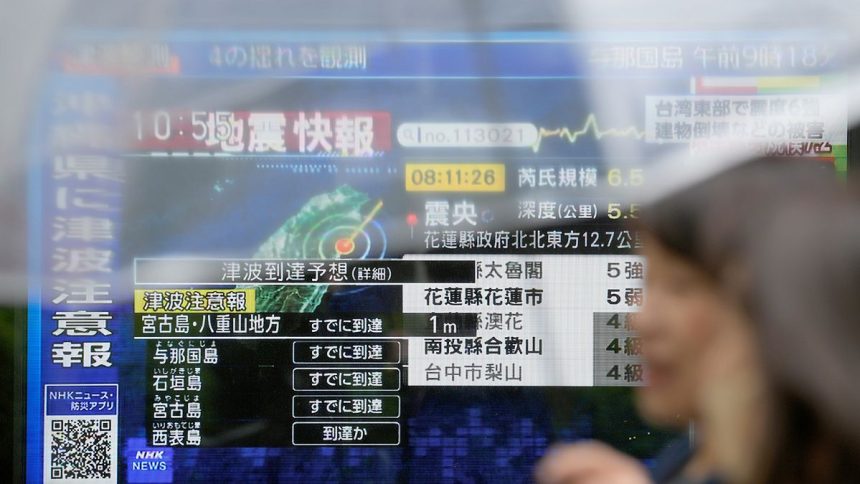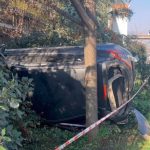Japan’s Prime Minister Fumio Kishida has cancelled a trip to central Asia over concerns of a possible “megaquake” in the near future after a powerful earthquake struck off southern Japan on Thursday.
Officials said nine people were injured on Japan’s southern main island of Kyushu, but the injuries were mostly minor. There were no reports of serious damage, and tsunami advisories for the quake were later lifted.
However, the quake prompted seismologists to hold an emergency meeting in which they reassessed and raised the level of risk of major quakes associated with the Nankai Trough east of southern Japan.
The Japan Meteorological Agency said that Thursday’s quake registered a magnitude of 7.1 and was centred in waters off the eastern coast of Kyushu at a depth of about 30 kilometres below the sea surface.
The quake most strongly shook Nichinan city and nearby areas in Miyazaki prefecture on Kyushu island.
The agency said tsunami waves of up to 50 centimetres were detected along parts of Kyushu’s southern coast and the nearby island of Shikoku about a half hour after the quake struck.
Seismologists at the agency held an emergency meeting to analyse whether the quake had affected the nearby Nankai Trough, the source of past devastating earthquakes.
They later issued an assessment that the potential for a future quake in the area from Kyushu to central Japan is higher than previously predicted. The agency said it would continue to closely watch the movements of plates near the Nankai Trough.
That does not mean there’s an imminent danger of a big quake in the near future, but they urged residents on the coasts along the trough to review their quake preparedness, University of Tokyo seismologist Naoshi Hirata, a member of an expert panel, told a joint news conference with JMA officials.
There is a 70-80% chance of a magnitude 8 or 9 quake stemming from the Nankai Trough within the next 30 years, Hirata said, adding that Thursday’s quake raises that probability even while the timing or exact location cannot be predicted. He urged residents to keep their caution levels high for a week.
Kishida told reporters that the government crisis management team would step up disaster preparedness and called on residents to pay close attention to authorities’ information in case of another big one and never spread disinformation.
Earthquakes in areas with nuclear power plants have been a major concern since a massive earthquake and tsunami in March 2011 triggered the Fukushima nuclear disaster.
Japan is one of the world’s most earthquake-prone countries. It is located on the Pacific “Ring of Fire,” a line of seismic faults encircling the Pacific Ocean.
An earthquake on 1 January in Japan’s north-central region of Noto left more than 240 people dead.
Euronews











